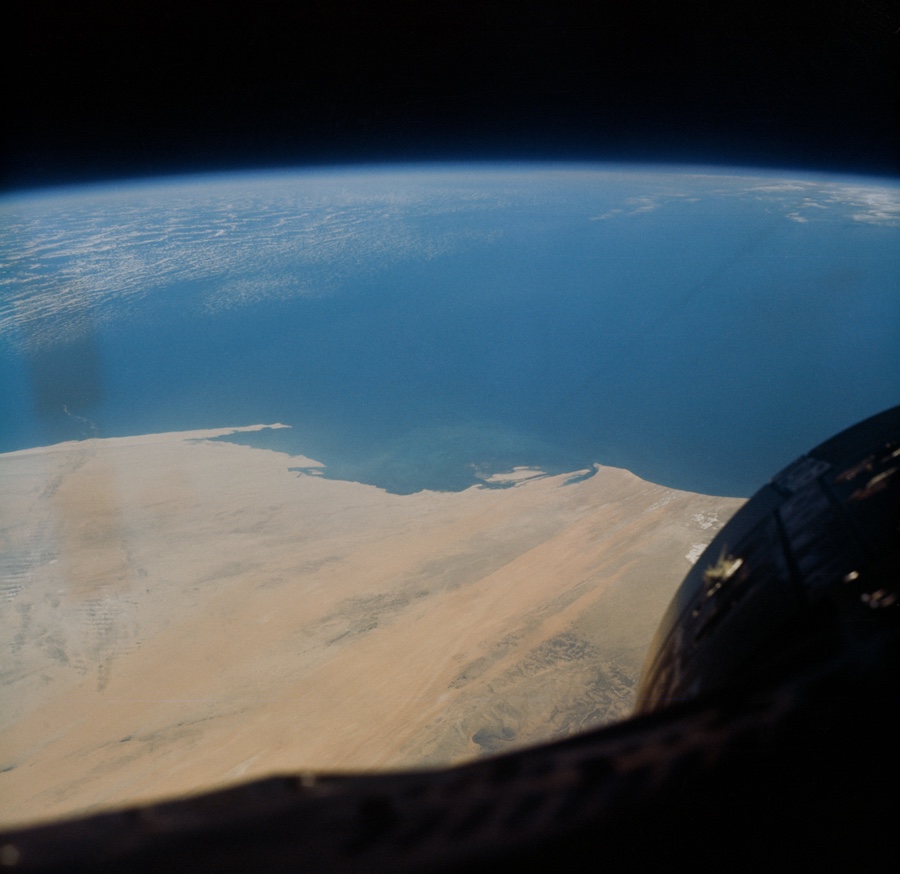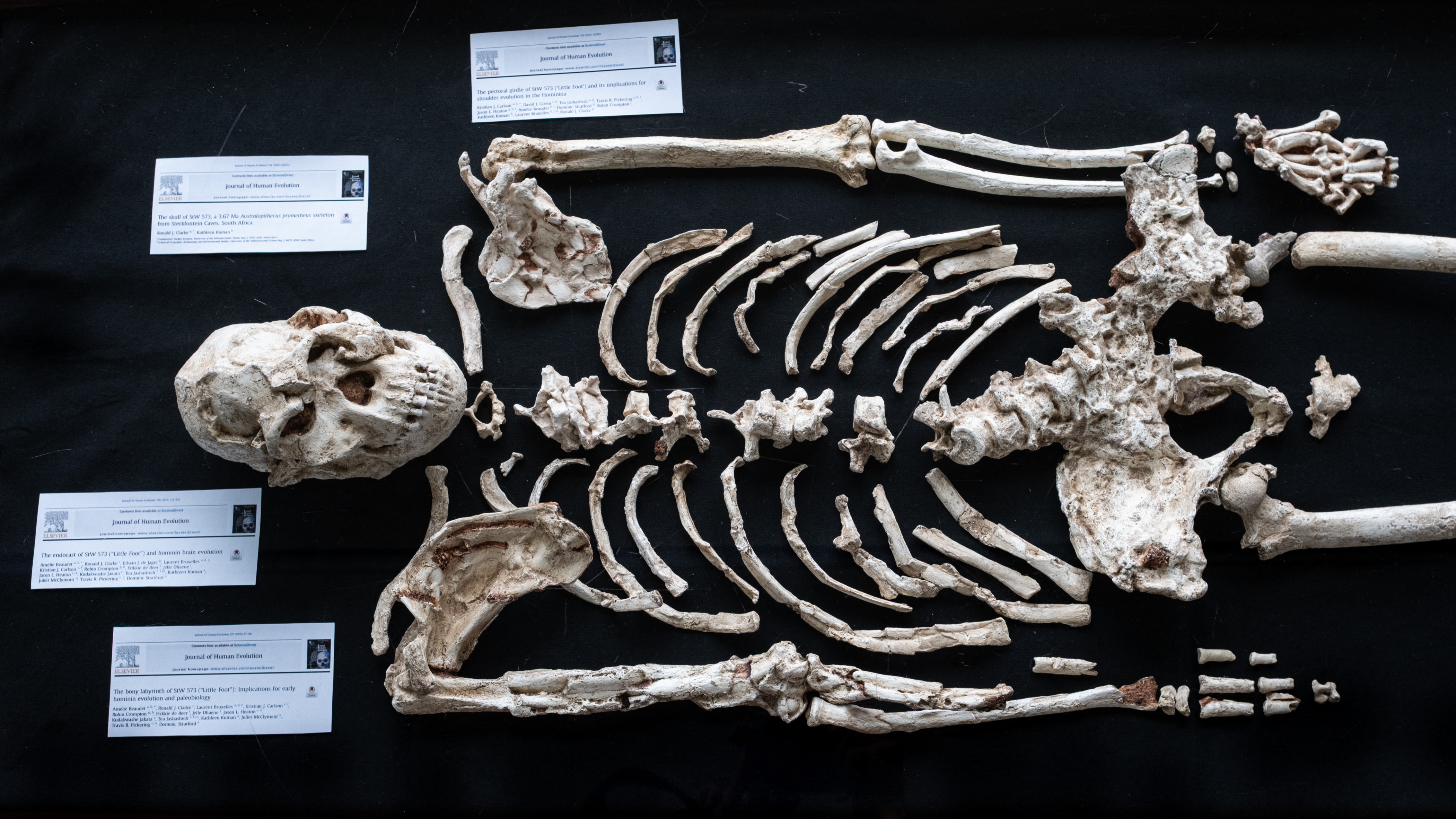Sea Slime Can Trigger 65-Foot Mega-Tsunamis
A layer of ooze made of microscopic fossils may underlie Earth's biggest landslides, a new study finds.
The biggest landslides on Earth are not on dry land but rather on the seafloor. For instance, the volcanic eruption of Mount St. Helens in 1980 triggered a collapse of about 0.7 cubic miles (3 cubic kilometers) of rock, but the Storegga "megaslide" offshore Norway about 8,150 years ago sent more than 1,000 times more material crashing downward, previous research found.
Submarine landslides are not just perils for life underwater; they can trigger catastrophic tsunami that can wreak havoc on land. For example, prior work suggested that the Storegga megaslide triggered a tsunami that deluged surrounding coasts with waves up to 65 feet (20 meters) high. [The 8 Biggest Tsuanamis in History]
One-fifth of all tsunamis may be caused by submarine megaslides, said study lead author Morelia Urlaub, a marine geoscientist at the Geomar Helmholtz Centre for Ocean Research in Kiel, Germany. In addition, submarine landslides are "a threat to any infrastructure on the seabed, such as those related to hydrocarbon exploration, pipelines and telecommunication cables, affecting our internet traffic," she told Live Science.
Oddly, the largest submarine landslides happen on nearly flat slopes inclined less than 3 degrees. Prior work foundhe kind of terrain left in the aftermath of these landslides suggests great expanses of seafloor glided over weak layers of material embedded within more-stable layers of sediment.
Scientists have proposed many possibilities for what material could make up these weak layers, including liquefied sand and "flammable ices" known as clathrates, Urlaub said. However, it was nearly impossible to say what these weak layers were because they were typically destroyed along with the landslides.
Now, in a first, Urlaub and her colleagues have identified the weak layer behind a submarine megaslide — a layer of ooze made of microscopic fossils.
Get the world’s most fascinating discoveries delivered straight to your inbox.
Urlaub was analyzing ocean drilling data from 1980 when she realized it included samples from the seafloor just outside the Cap Blanc slide, a 149,000-year-old megaslide offshore northern Mauritania, in northwest Africa, that propelled more than 7.2 cubic miles (30 cubic km) of material over a seafloor gently inclined at just 2.8 degrees. She cross-referenced that information with high-resolution seismic data gathered in the same area in 2009.
Together, these data revealed that at the base of the Cap Blanc slide was a sediment layer less than about 33 feet (10 meters) thick. The layers were rich in diatoms, which are single-celled algae that live in glassy and often intricate shells. When these diatoms die, the remains of their shells create a silica-rich goop. Such diatom ooze layers are common on the margins of many continents, the researchers said.
This diatom layer was topped by a layer of clay sediment. The researchers suggested that this arrangement may help set the stage for submarine landslides. As weight builds up on top of the clay layer, it squashes the diatom layer, squeezing out water. As the pressure builds, this water gets forced into the clay, and the clay or the interface between the clay and the diatoms weakens, enabling landslides.
The researchers suggested that this diatom ooze may help to explain many large submarine landslides worldwide. "If diatom layers are a major factor in triggering large submarine landslides, then understanding where such oozes are deposited might help in assessing hazards," Urlaub said. "However, more studies are needed to really understand the processes and the conditions that lead to failure before being able to predict submarine landslides."
The scientists detailed their findings online Feb. 9 in the journal Geology.
Originally published on Live Science.




